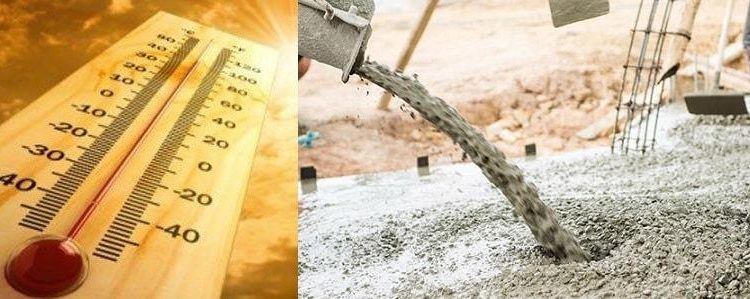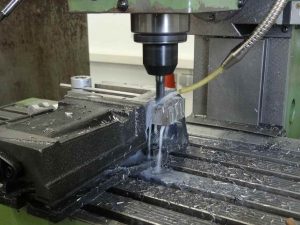The durability of concrete in high-temperature environments is a major concern in the field of engineering. This issue is commonly known as “concreting in a hot environment”. In India, the average temperature in tropical climates ranges between 20°C to 40°C. However, in May 2020, the city of Churu in the state of Rajasthan experienced an ambient temperature of 50°C. Such high temperatures can lead to devastating issues like water scarcity and droughts.
Concrete is a porous material that contains different types of pores, such as capillary and gel pores. When exposed to varying ambient conditions, these pore structures can change in volume or expand, allowing external species to enter the inner concrete environment. This can accelerate the disintegration of the system, whether caused by intermittent rainfall or sunlight. Building facades may be affected, leading to moisture-induced degradation of building envelopes.
The situation becomes critical when the ambient temperature exceeds 40°C. This can worsen the internal porous matrix of an exposed building element, increasing the likelihood of internal microcracking. Microcracking may further make the building facades more prone to various degradation mechanisms, including chloride-induced and carbonation-induced corrosion of reinforcement bars embedded in concrete. Carbonation-induced corrosion of steel bars can occur in dry environments with high CO2 concentrations in the air, while chloride-induced corrosion may take place in sea coastal areas or marine environments.
The preceding paragraphs demonstrate that variations in ambient environmental conditions can worsen the durability of newly built or existing structures, affecting their service life. It is therefore important for civil engineers, designers, and practitioners to consider the impact of the environment on structures before the execution phase of the project. The study is also relevant for pavement structures that are exposed to severe environmental variations during their intended service period. Experimental investigations in laboratories can be conducted to study these aspects. The results can be validated using engineering simulation software and programming techniques such as ANSYS, MATLAB, PYTHON, etc.
Written by
Dr. Mohammad Kamran
Assistant Professor
Department of Civil Engineering, FEAT
SGTUniversity, Gurugram




